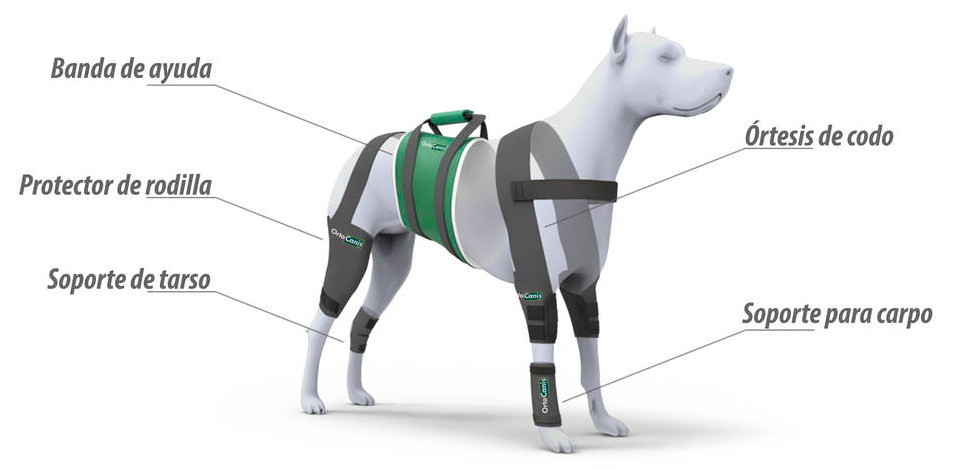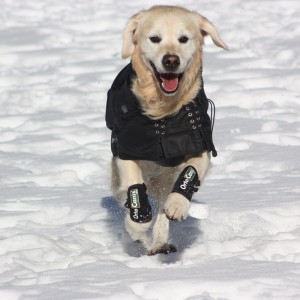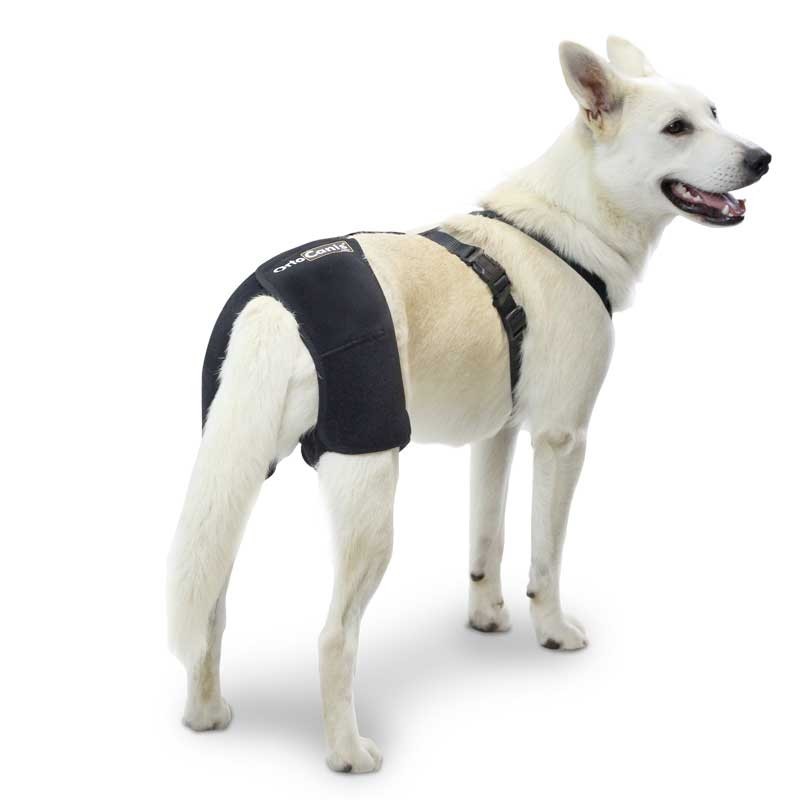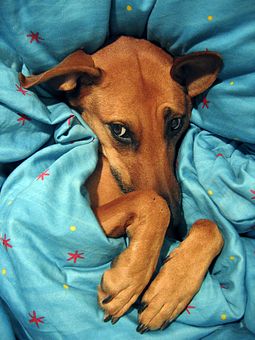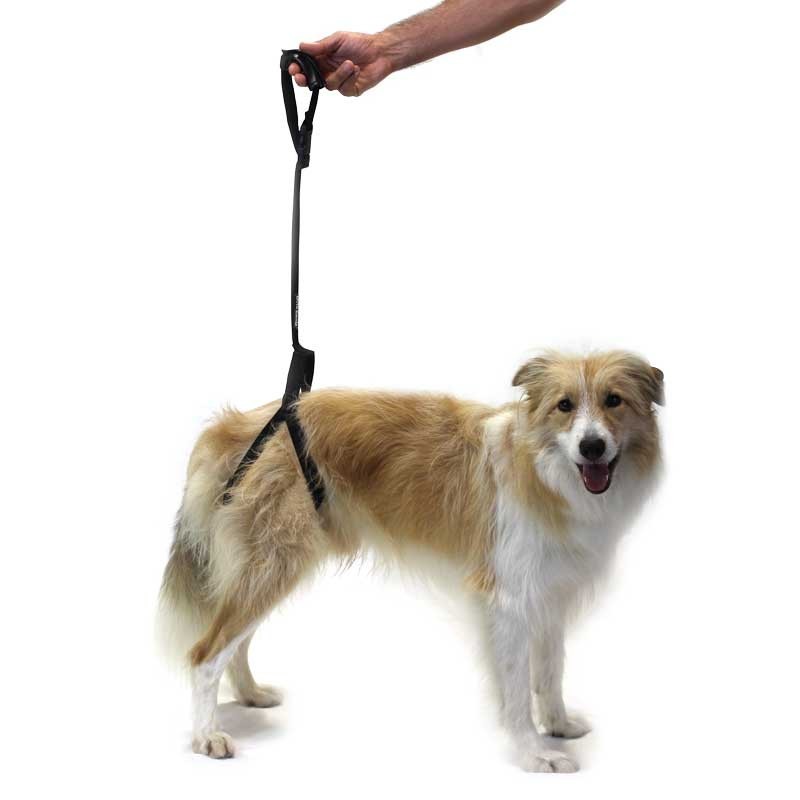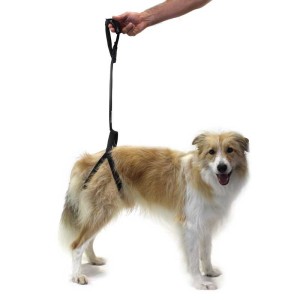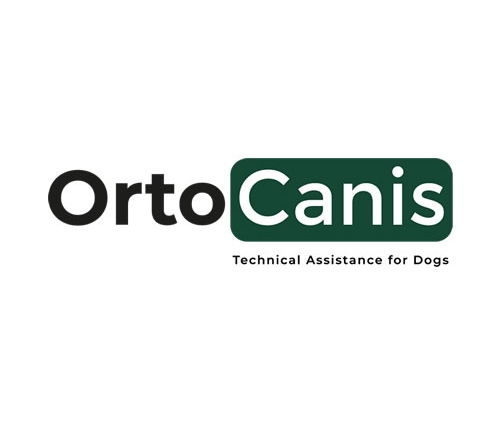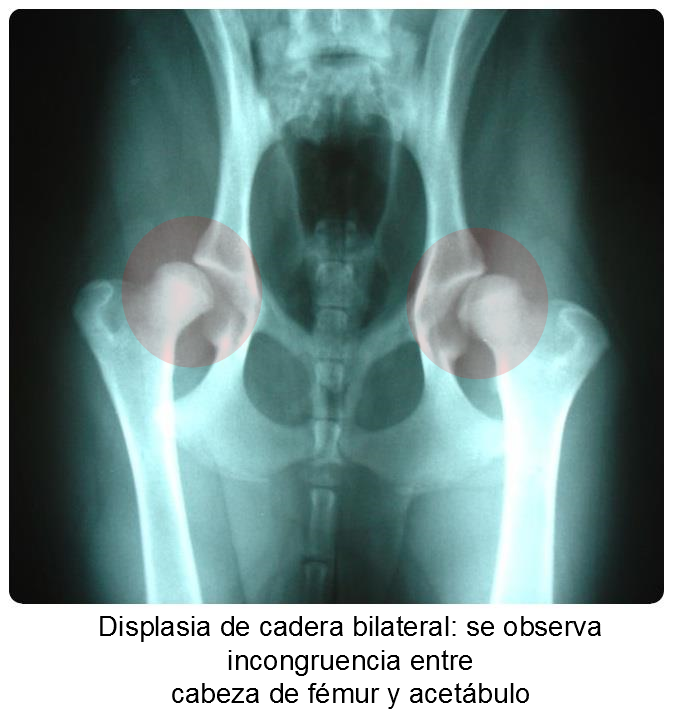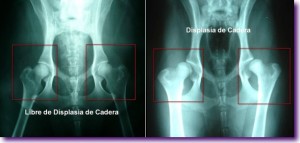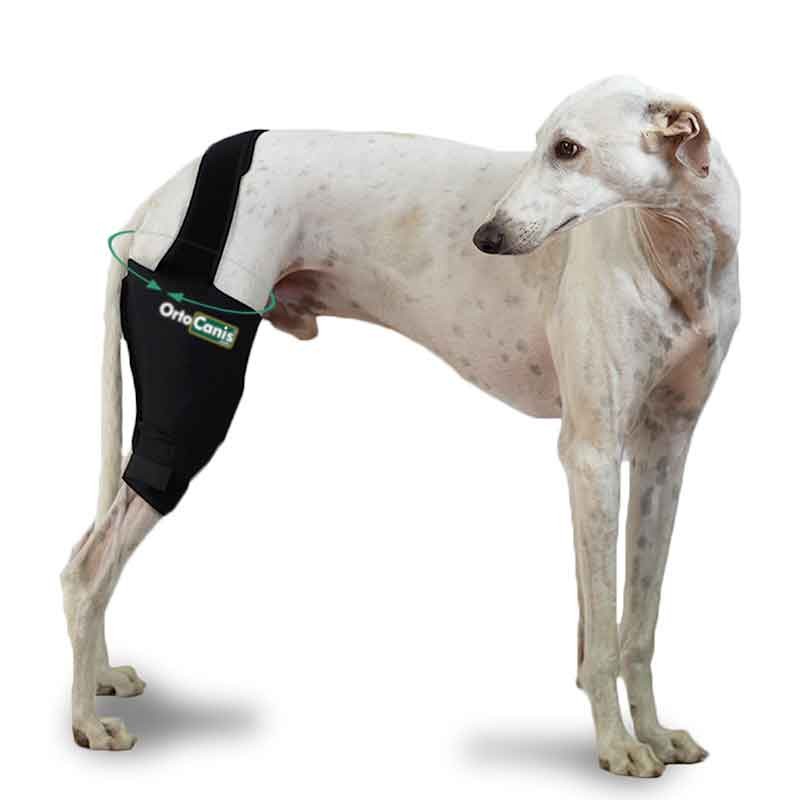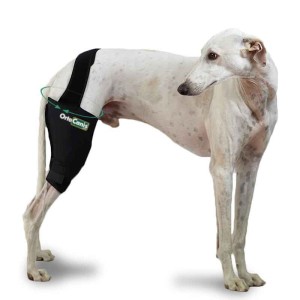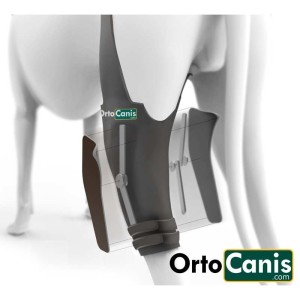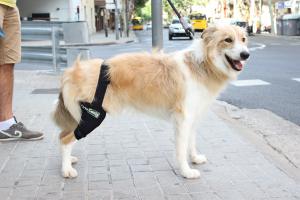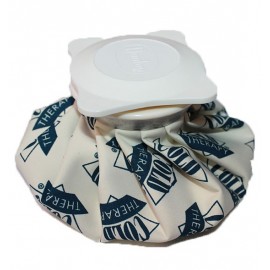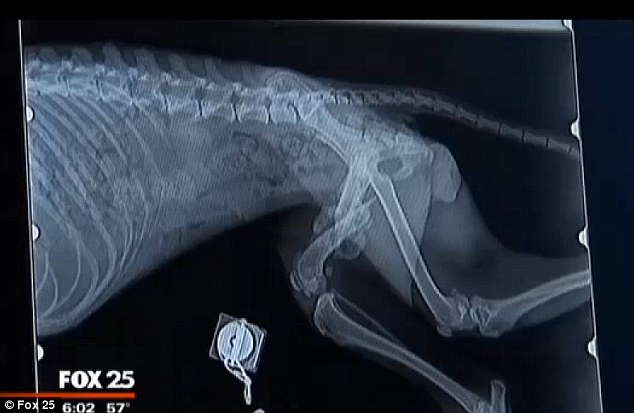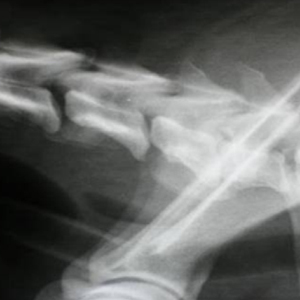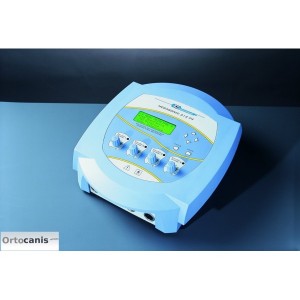Cold weather and osteoarthritis in the dog
Osteoarthritis is a very common degenerative disease of the joints in dogs. Osteoarthritis causes pain, decreased joint range of motion, and joint inflammation.
The cold weather and especially the humidity, can increase the symptoms of this pathology, in autumn and winter is when dogs with osteoarthritis suffer the most.
Two types of osteoarthritis are distinguished, primary and secondary. The primary ones are degenerative, can affect more than one joint and are due to age and the “wear” of the joint. They are the typical osteoarthritis of the knee, carpus, tarsus and even spine that the elderly human population also suffers. Secondary osteoarthritis is due to joint misalignment that has prematurely worn down the articular cartilage. These occur after a fracture, especially if it has affected the joint, due to a bad joint disposition (demarcation): bad aplombs, or in the most common house secondary to hip dysplasia.
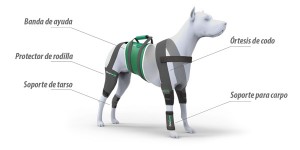
Photo: different joint protectors for dogs
Both in one case and in the other several things are recommended:
- Strict control of the diet: the dog must be at its ideal weight, if it is overweight the joints suffer very significantly this excess.
- Anti-inflammatory medication, now recommended NSAIDs cox-2 are new generation nonsteroidal anti-inflammatory drugs with far fewer side effects and more direct action on areas of pain.
- Joint protectors: glycosaminoglycans, chondroitin sulfate…
- Regular physical exercise: it is very important not to lose too much muscle mass, dogs with osteoarthritis usually weaken the muscles due to lack of use, this weakening and muscle atrophy worsens the picture
- Sleep in padded beds, insulated from moisture and warm.
- Joint protectors: supports to respect joint function.
- Avoid exposure to cold and sudden changes in temperature: blankets to protect them from the cold and humidity can help us.
There are specific products to protect and support the joints of our animals, both for the protection of the tarsus and for the carpus.
You can also find blankets or coats for dogs that reflect the heat of the same animal and help in cases of osteoarthritis of the spine and hip. And special mattresses for the relief of the ailments of osteoarthritis in the dog. In the morning when the affected joint is cold and the animal has not moved for a long time, the symptoms will be more evident.

Back on Track products are made in Sweden and are made with so-called “smart textiles” or new generation unique textiles that have been developed on the basis of knowledge of ancient Chinese medicine along with the most modern research, as for the techniques applied to the textile industry, supported with scientific studies. The resulting product has been a fabric formed by an optimal fusion of polyester/polypropylene and ceramic particles.
Ceramics reflect body heat by restoring it in the form of infrared radiation. It is well known that infrared light has a calming effect as mild heat reduces inflammation, decreases muscle tension and improves blood circulation. The muscles in tension relax and the process of muscle recovery is accelerated, tendons, ligaments and joints injured and sore.
The essential function of tissue with ceramic particles is to prevent damage, as well as relieve and accelerate the process of recovery from injuries but it is also used to warm the muscles before exercise or physical work, thus eliminating the risks of pulls and fibrillar tears.
These products: Increase blood circulation, accelerate recovery from injuries, reduce inflammation, reduce muscle tension and relieve pain.

